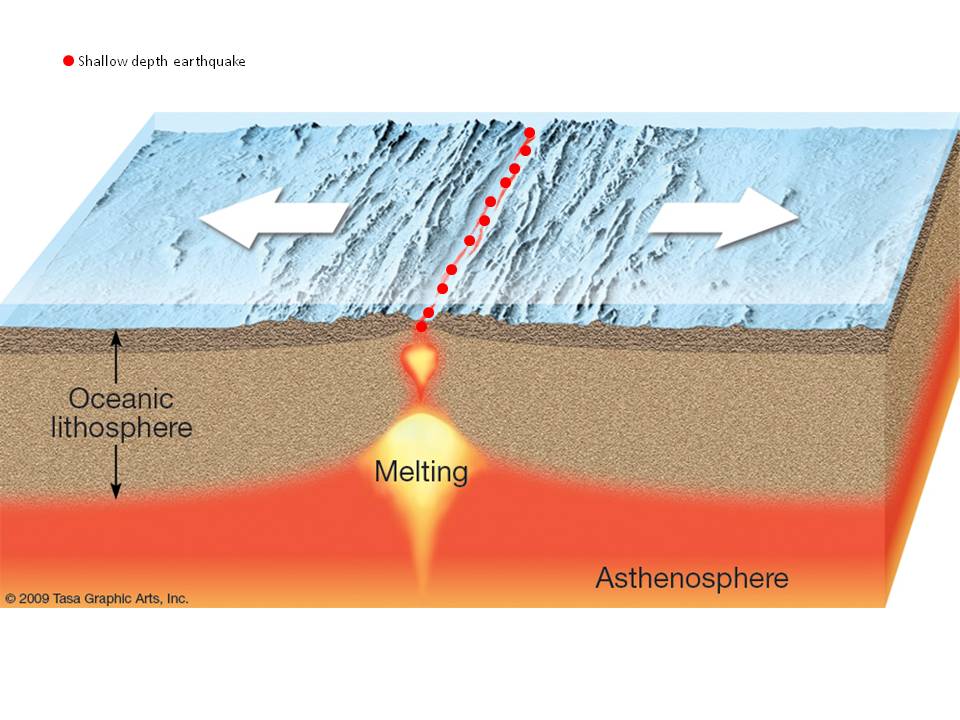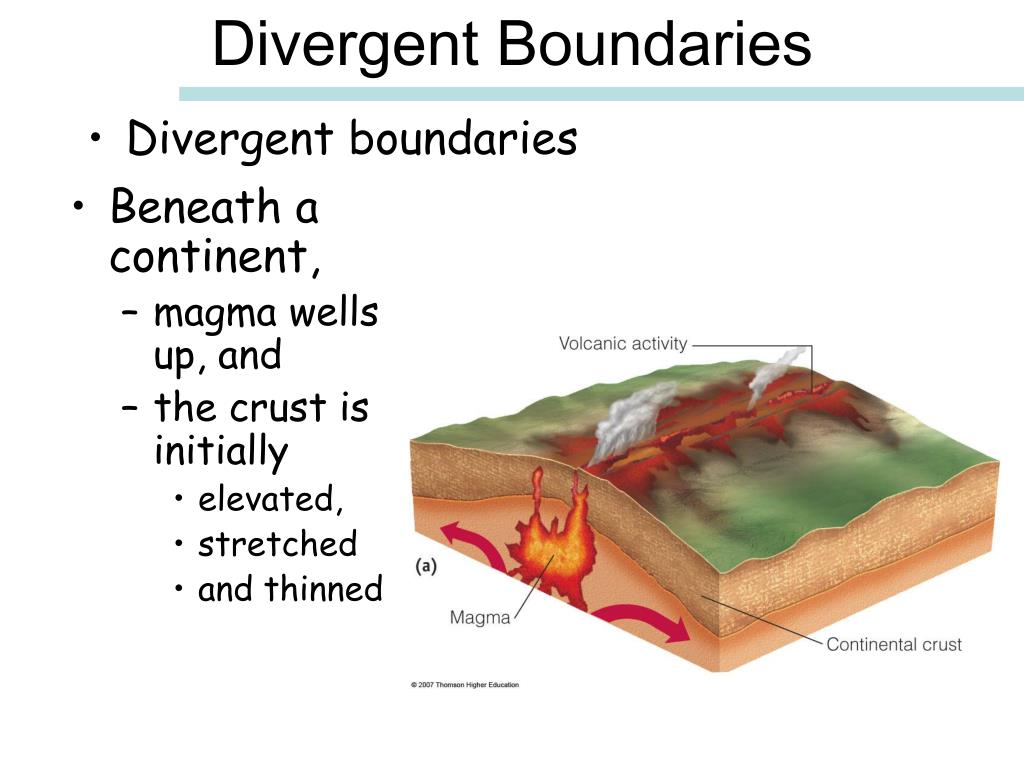

Buoyancy arises from density differences. The driving force behind plate tectonics is buoyancy. The transform in Figure 4 is "right-lateral," just as the San Andreas is. The most familiar example of a transform boundary is the San Andreas fault in California. Here the transform connects two divergent boundaries (this is the most common type of transform). Transforms connect different plate boundaries to each other. The east coast of North America would have looked like this at about 300 Ma, prior to the assembly of Pangea.įigure 4 shows a map view of a transform boundary. The Andes mountains of South America are a modern example of the boundary illustrated in Figure 3. Ocean-ocean and continent-continent collisions are two other types of convergent boundaries. Volcanism through the overlying plate returns some of the old lithosphere to the surface, most of the rest is recycled more slowly through the MOR system. The old oceanic plate is destroyed in the subduction zone. In this case, oceanic lithosphere subducts beneath continental lithosphere. Modern examples of these two boundaries are the East African Rift (1) and the Red Sea (2).įigure 3 is an example of a convergent plate boundary. Figure 2 shows the newly-formed east coast of North America separating from the west coast of Africa, with the incipient Atlantic Ocean in between. At 200 Ma the supercontinent Pangea began to rift as in Figure 1. Oceanic lithosphere is created at the Mid-Ocean Ridge (MOR) and the addition of new material here gradually increases the separation of the continents. Eventually, as the continent separates completely, a new ocean basin is formed between the continental fragments (Figure 2). Normal faults form and volcanoes are active along the faults. Heat within the mantle causes expansion and cracking of the overlying lithosphere.

The simple figures presented here were drawn to give you a basic idea of what goes on at each boundary type.įigure 1 shows a continent in the process of rifting in two (the divergent boundary is not yet fully-formed). You should review your notes and text for the complete list. The corresponding plate boundaries are called (1) Divergent boundaries, (2) Convergent boundaries, and (3) Transform boundaries.Įach of these plate boundaries is seismically active, and each boundary type has a suite of distinctive geological features that characterize it.

We determined that there are only three fundamentally different ways that plates can move with respect to one another. Finally, we related all of the various geologic features that we have studied to plate boundaries and fit our observations into the framework of Plate Tectonics. You also explored some of the physical properties of the lithospheric plates and underlying mantle: isostacy, viscosity and convection. This week we use GIS data on earthquakes and volcanoes, allowing you to map the boundaries of the Earth's tectonic plates for yourselves. Review Plate Boundaries and Associated Structures
DIVERGENT PLATE BOUNDARY EXAMPLE SOFTWARE
In addition to playing back the visualization, instructors can also download the visualization software and data set and explore it themselves.Geological Sciences 101 Introduction to Geological Sciences Talking points and questions are included to facilitate using this visualization as part of an interactive lecture. Locations featured in the visualization include the Mid-Atlantic Ridge, the East Pacific Rise, and the East African Rift Zone. Because the depth of earthquakes can be difficult for students to visualize in 2D representations, this activity allows students to visualize the 3D distribution of earthquakes within Earth's surface, which is essential for understanding how different types of earthquakes occur in different tectonic settings. Students will learn about how the magnitude and distribution of earthquakes at divergent boundaries are related to processes that occur at these boundaries and to the geometry and position of the two diverging plates.
DIVERGENT PLATE BOUNDARY EXAMPLE MOVIE
Click the image to enlarge or view the MP4 movie (MP4 Video 79.3MB Aug22 11).The purpose of this activity is to introduce students to the distribution and characteristics of earthquakes associated with divergent plate boundaries. The visualization shows how earthquakes at all types of divergent margins are shallow and have a low-magnitude. This screenshot from the visualization shows both continental rift zones, and ocean spreading centers, both types of divergent plate boundaries.


 0 kommentar(er)
0 kommentar(er)
